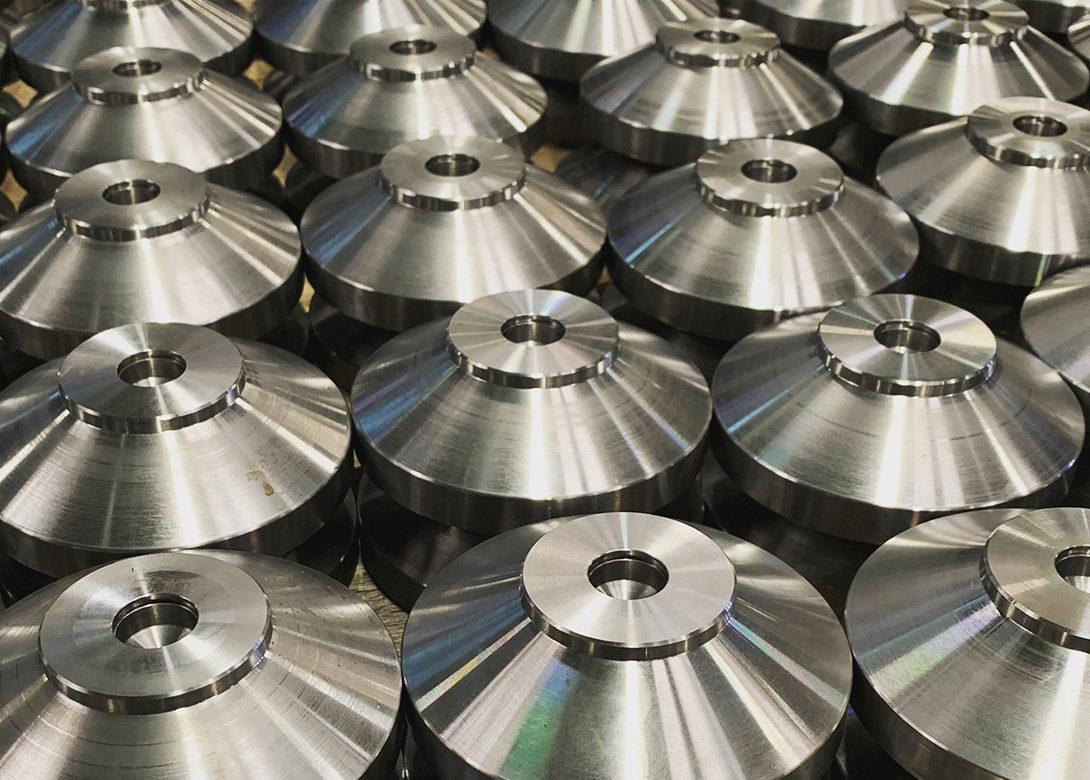
The global Covid-19 crisis has placed exceptional strains on supply chains, particularly for designers and OEMs who are relying on imported parts or materials. The reassurances provided by working with a supplier who manufactures and stocks standard parts has never been more important. Here, John Marshall, technical support manager at WDS Components Ltd, discusses the merits of manufacturing in-house.
The advantages of designing and manufacturing standard parts and components in-house have been demonstrated to a significant degree over recent months. The Covid-19 pandemic has been characterised by product shortages, long waiting times and concerns over the quality of available supply.
For British designers, manufacturers and MRO providers in particular, the importance of procuring crucial parts and components from a supplier with control over their own production is at a high. While some markets have faced reduced business, others, notably those involved in sectors such as medical care and food production, have seen accelerated demand. For this reason, the operation of our Leeds based manufacturing facility has continued at normal capacity without placing staff furlough.
Across the 25,000 plus range of parts supplied by WDS, the majority are designed and manufactured in-house, utilising high-tech lights out production. On-site manufacture means close control of warehousing with 98% of the product range available in stock, plus the ability to rapidly replenish volume and provide the flexibility to react to demand. Crucially, this means short lead times for the customer with flexible delivery options to suit customer needs.
Dynamic production planning not only means short lead time production; it also means the ability to create surplus stock when the trend indicates it’s required. On-site manufacturing also gives the flexibility to offer smaller product quantities, whereas if stock is largely procured from an out-sourced supplier, the buyer can be restricted in terms of minimum order. For the customer, this means greater flexibility in their order volume with no minimum order quantity while having confidence in future stock availability.
On-site manufacture also gives the potential of developing bespoke designs thanks to flexibility in product design and manufacture. Bespoke components can also be developed into stock items when it’s considered that they will be beneficial to the market. Generally at WDS, two new families of products are released per month and the products are developed by highly skilled engineers in-house.
With high reliance at WDS Components on in-house manufacture, training for machine operators to ensure product quality is crucial, whether that’s capability over a manual lathe, to programming a CNC machine. WDS Components has engineering expertise spanning several decades and combines a mix of highly experienced, long-term staff with a new generation of engineers with a focus on the latest developments in manufacturing technology. This means that new manufacturing techniques and quality control processes are operated and driven by the new generation of engineers employed at WDS Components.
Robust manufacturing quality control also ensures that the final products reach the required standard. Depending on the product type and volume of production, frequency of control at WDS Components could be 1-in-10 products to 1-in-50, checked by the operator themselves as well as a quality control manager. Quality control processes are also certified by BSI, a ISO9001:2015 Quality Management System and ISO14001:2015 Environmental Management System.
In these challenging times, necessity has driven customers in the standard and component parts market towards quality and availability as the most important factors. In-house manufacture has provided the answer and that trend looks set to continue.

Having spent a decade in the fastener industry experiencing every facet – from steel mills, fastener manufacturers, wholesalers, distributors, as well as machinery builders and plating + coating companies, Claire has developed an in-depth knowledge of all things fasteners.
Alongside visiting numerous companies, exhibitions and conferences around the world, Claire has also interviewed high profile figures – focusing on key topics impacting the sector and making sure readers stay up to date with the latest developments within the industry.





